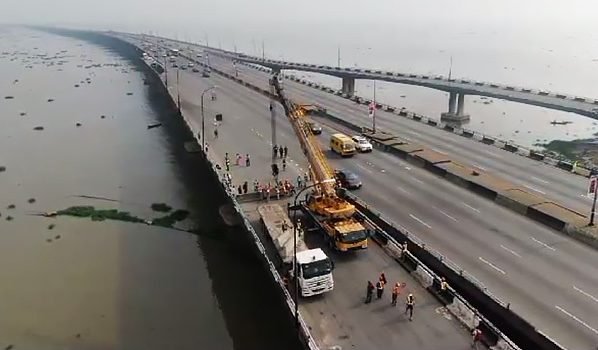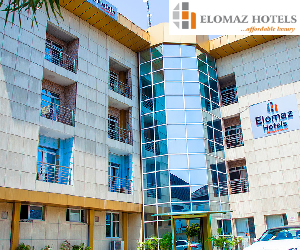The Federal Government has declared the iconic Carter Bridge in Lagos “irredeemable,” raising the curtain on plans for a complete replacement of one of the city’s oldest and busiest transport links.
Minister of Works, Senator Dave Umahi, made the revelation during an inspection of the bridge’s underdeck on Tuesday. According to him, the bridge’s condition is so critical that both the ramp and the main axial section may have to be entirely pulled down.
“What we did today was to see whether we could salvage the ramps, to cut down the cost and time of construction,” Umahi explained. “That decision, we could not take. We need consultants and Julius Berger to put forward their observations, and we have instruments to determine whether those observations are right or wrong. If they are correct, then it means both the ramp and the main axial section of the Carter Bridge will have to go.”
Umahi reminded Nigerians that the previous Carter Bridge was demolished with explosives, with its remnants still visible in the water, and stressed that any new construction would also have to take navigational activities into account.
Read Also:
- FG approves additional funds to fast-track Yola–Gombe Road project
- FG releases lists trade areas for technical education
- FG advocates TVET reform as NABTEB updates syllabuses for 26 trades
The minister added that while the consensus among stakeholders points to the construction of a new Carter Bridge, the government is also weighing the possibility of keeping parts of the current structure in use while work on a new alignment is pursued.
In a move to ease fears, Umahi clarified that the Federal Government is not considering demolishing the Third Mainland Bridge. Instead, he assured that the ministry is committed to rehabilitating and maintaining the existing bridge to ensure its safety and functionality.
The announcement has stirred concern among Lagos residents who rely daily on Carter Bridge for commuting, as attention now shifts to how soon a new structure will be built and how traffic disruptions will be managed during the transition.






